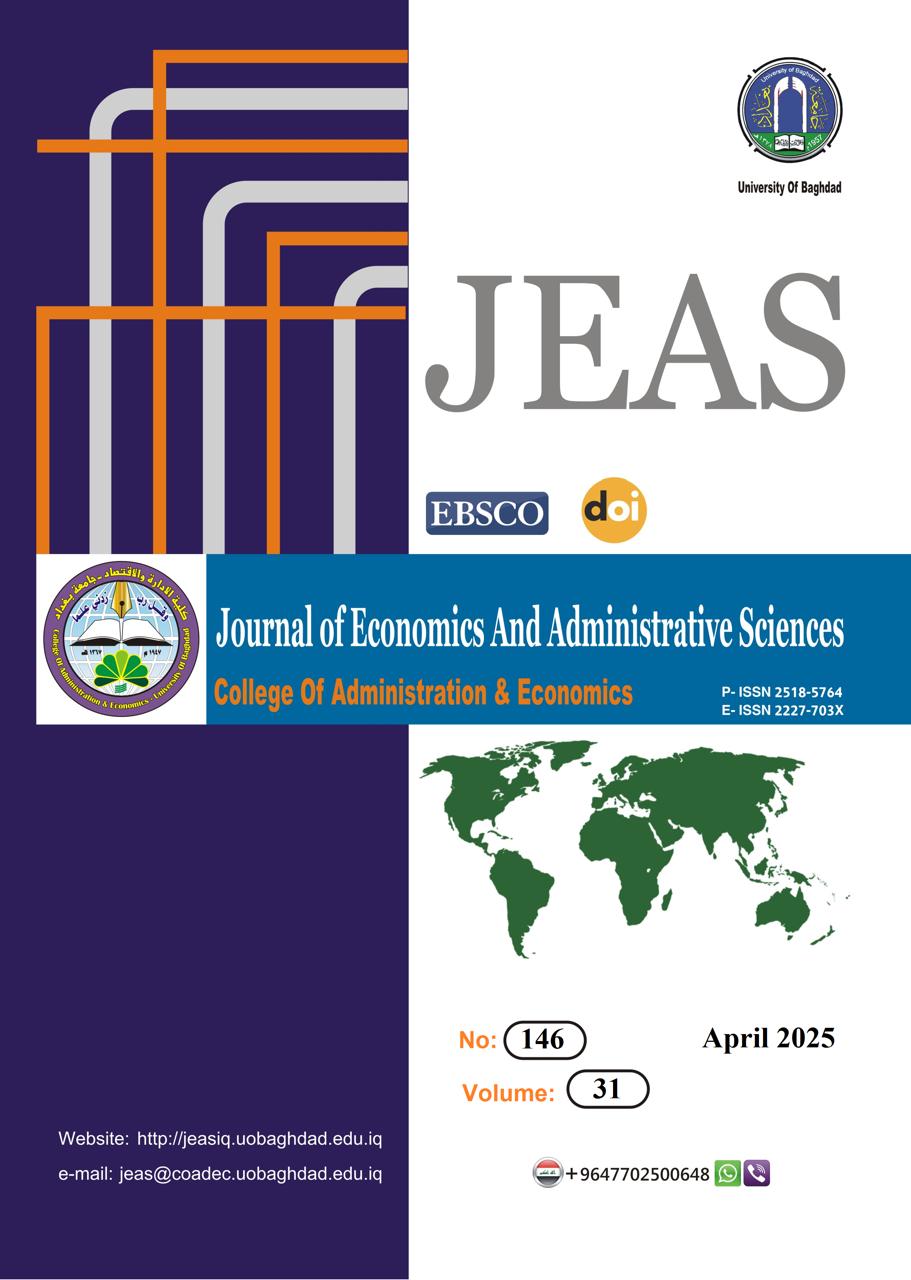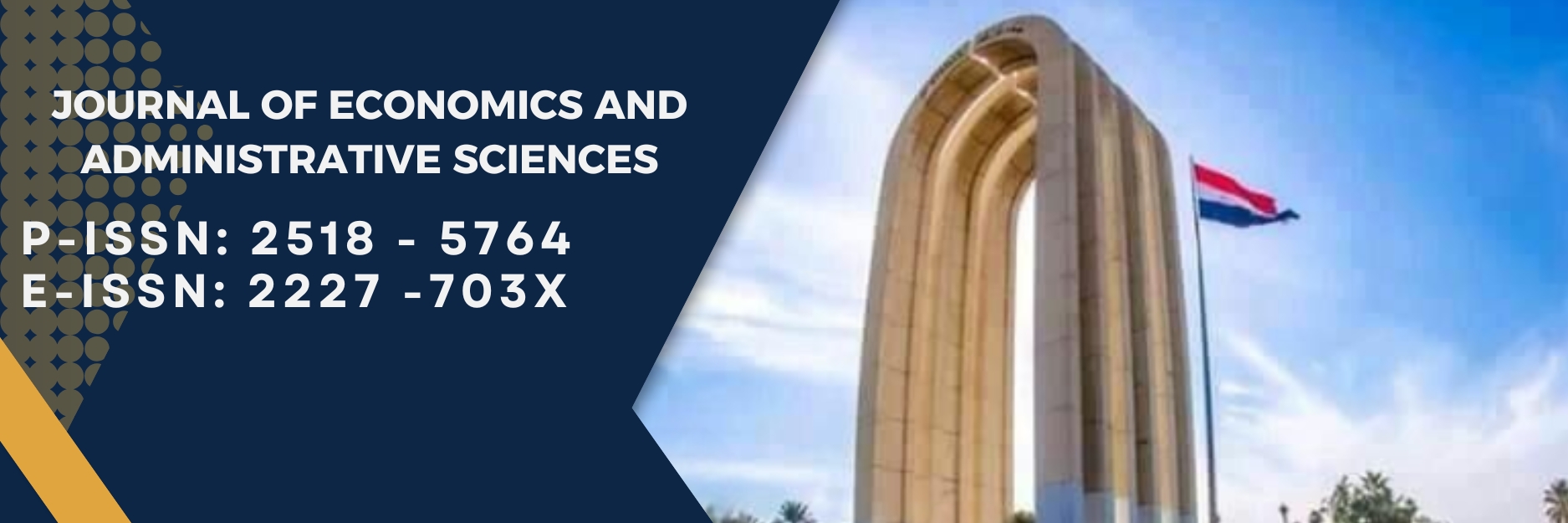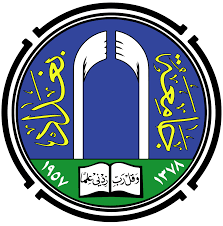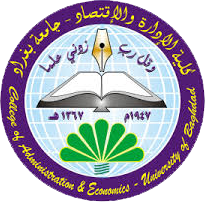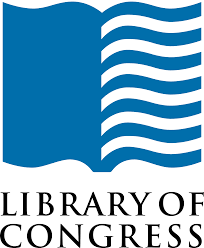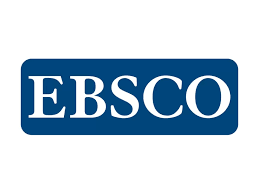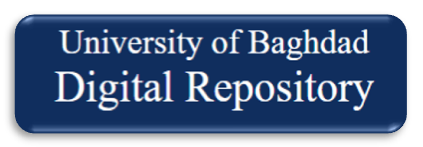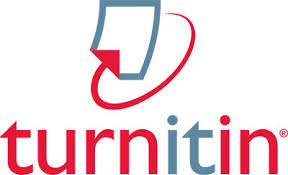The Role of Leadership Talent Management in Strategic Supremacy: Analytical Research
DOI:
https://doi.org/10.33095/f9k0w692Keywords:
Leadership Talent Management, Strategic Supremacy, Human Capital Development, Institutional Competitiveness.Abstract
This paper investigates the impact of leadership talent management on strategic supremacy within medical colleges in the Baghdad governorate. Specifically, this study aims to assess the relationships between the components of leadership talent management, namely development, retention, succession, and motivation, and their roles in achieving strategic advantages. The descriptive-analytical method was employed. Data was collected using a questionnaire-based survey on a sample size of 208 faculty members belonging to selected medical colleges. Analysis was performed using SPSS and AMOS: confirmatory factor analysis, path analysis, and structural equation modeling.
Leadership talent management has a positively significant impact on strategic supremacy, according to the findings. The study confirms that leadership development and retention enhance competitive edges held by institutions that allow for medical colleges to keep delivering excellence while adapting to dynamic challenges. Further, the results imply that educational institutions must be required to build a coherent talent management system to ensure the assignment of leadership and nurturing a culture of constant growth.
This study fills a certain gap in understanding how leadership talent affects strategic supremacy for academic settings. It will provide insight into how policymakers and administrators can make human capital strategies work more effectively toward achieving institutional objectives. Future research should also investigate other variables that contribute to strategic supremacy and the performance of leadership within higher education.
Downloads
References
Abdeldayem, M. M., Al Deeb, H. M. A., & Al Shaikh, M. A. (2021). Impact of administrative empowerment on organizational belongingness: Evidence from Bahrain. International Journal of Information, Business and Management, 13(3), 114–131.
Aguinis, H., & Kraiger, K. (2009). Benefits of training and development for individuals and teams, organizations, and society. Annual Review of Psychology, 60(1), 451–474.
Al-Bashqali, M. M., & Sultan, H. (2021). The role of strategic improvisation in achieving strategic sovereignty: an exploratory study of the opinions of administrative leaders in a sample of private universities in the Kurdistan Region of Iraq. The Arab Journal of Management, 41(1), 95–126.
AL-Damati. (2023). The impact of proactive work behaviors on strategic sovereignty (a field study on the Egyptian Telecommunications Company). Arab Journal of Management, 1–18.
Al-Harthi, K., Al-Harthi, A., & Al-Ani, W. (2015). The reality of Talent Management of Emerging School Leaders in the Gneral Educational Directorates in the Sultanate of Oman. Jordan Journal of Educational Sciences, 11(2), 201–217.
Al-Hawshan, M. bin M. (2017). The reality of applying talent management with school leaders in Riyadh. Fayoum University Journal of Educational and Psychological Sciences, 7(3), 143–178.
Al-Qahtani, S. (2018). The reality of talent management for leaders in women’s education offices in Riyadh. Unpublished Master’s Thesis], King Saud University, Riyadh, KSA.
Al-Zu’bi, H. (2017). Diagnosis of perception strategic planning to Ensure strategic supremacy. International Business Management, 11(6), 1240–1245.
Appau, B. K., Marfo-Yiadom, E., & Kusi, L. Y. (2021). Performance implication of talent management and innovative work behaviour in colleges of education in Ghana. International Journal of Economics and Business Administration, 7(1), 1–10.
Barkhuizen, E. N., & Masale, R. L. (2022). Leadership talent mindset as a catalyst for talent management and talent retention: The case of a Botswana local government institution. SA Journal of Human Resource Management, 20, 1914.
Birou, L., & Hoek, R. Van. (2022). Supply chain management talent: the role of executives in engagement, recruitment, development and retention. Supply Chain Management: An International Journal, 27(6), 712–727.
D’Aveni, R. A. (1999). Strategic supremacy through disruption and dominance. MIT Sloan Management Review.
D’aveni, R. A., Gunther, R. E., & Cole, J. (2001). Strategic supremacy: How industry leaders create growth, wealth, and power through spheres of influence. Simon and Schuster.
Dunnagan, K., Maragakis, M., Schneiderjohn, N., Turner, C., & Vance, C. M. (2013). Meeting the global imperative of local leadership talent development in Hong Kong, Singapore, and India. Global Business and Organizational Excellence, 32(2), 52–60.
Horváthová, P., & Durdová, I. (2011). Talent management and its use in the field of human resources management in the organization of the Czech Republic. International Journal of Economics and Management Engineering, 5(5), 794–809.
Janson, K. (2023). Determining Leadership Potential For The Organizations Of Tomorrow. Leader to Leader, 2023(108), 55–60.
Karagianni, D., & Jude Montgomery, A. (2018). Developing leadership skills among adolescents and young adults: a review of leadership programmes. International Journal of Adolescence and Youth, 23(1), 86–98.
Mansson, S., & Schmidt, C. (2011). Managing talents for global leadership positions in MNCs: Responding to the challenges in China. Asian Bus Manage 12, 477–496 (2013). https://doi.org/10.1057/abm.2013.11
Marini, A., von Luebke, C., Maksum, A., Zahari, M., Safitri, D., Lestari, I., Rihatno, T., Nuraini, S., Suntari, Y., & Nafiah, M. (2022). Entrepreneurship Education Model for Higher Education Students. Eurasian Journal of Educational Research, 97(97), 271–287.
Martyanov, A. (2018). Losing military supremacy: the myopia of American strategic planning. SCB Distributors.
Muhammad Hassan Al-Qarni, H. (2021). A Proposed Framework to Enhance the Role of Academic Leadership in Human Resource Development at Imam Muhammad ibn Saud Islamic University. Journal of Faculty of Education-Assiut University, 37(7), 166–200.
Mujtaba, M., & Mubarik, M. S. (2022). Talent management and organizational sustainability: role of sustainable behaviour. International Journal of Organizational Analysis, 30(2), 389–407.
Norzailan, Z., Yusof, S. M., & Othman, R. (2016). Developing strategic leadership competencies. Journal of Advanced Management Science Vol, 4(1), 66–71.
Osinga, S. (2009). Talent Management & Oracle HCM. HCM3 Group Thought Leader Oracle and HCM Consultancy.
Rosenbach, W. E., Taylor, R. L., & Youndt, M. A. (2018). Contemporary issues in leadership. Routledge.
Salih, S. M., Tawfeeq, S. K., & Khaleel, A. I. (2019). Generation of True Random TTL Signals for Quantum Key-Distribution Systems Based on True Random Binary Sequences. Iraqi Journal of Laser, 18(1), 31–42.
Selig, B. (2020). Nurse manager interns: a proactive approach to developing leadership talent and solidifying succession planning. Nurse Leader, 18(6), 609–615.
Seyed Kalali, N., & Heydari, E. (2021). Identifying the Factors that Affect Innovation Adopting the Dynamic Capabilities and Strategic Entrepreneurship Perspectives. Interdisciplinary Studies on Strategic Knowledge, 5(17), 227–256.
Strikwerda, J., & Rijnders, D. (2005). Possible end games in the European postal market: qui bone? In Regulatory and Economic Challenges in the Postal and Delivery Sector (pp. 295–316). Springer.
Whysall, Z., Owtram, M., & Brittain, S. (2019). The new talent management challenges of Industry 4.0. Journal of Management Development, 38(2), 118–129.
Published
Issue
Section
License
Copyright (c) 2025 Journal of Economics and Administrative Sciences

This work is licensed under a Creative Commons Attribution-NonCommercial-NoDerivatives 4.0 International License.
Articles submitted to the journal should not have been published before in their current or substantially similar form or be under consideration for publication with another journal. Please see JEAS originality guidelines for details. Use this in conjunction with the points below about references, before submission i.e. always attribute clearly using either indented text or quote marks as well as making use of the preferred Harvard style of formatting. Authors submitting articles for publication warrant that the work is not an infringement of any existing copyright and will indemnify the publisher against any breach of such warranty. For ease of dissemination and to ensure proper policing of use, papers and contributions become the legal copyright of the publisher unless otherwise agreed.
The editor may make use of Turtitin software for checking the originality of submissions received.
